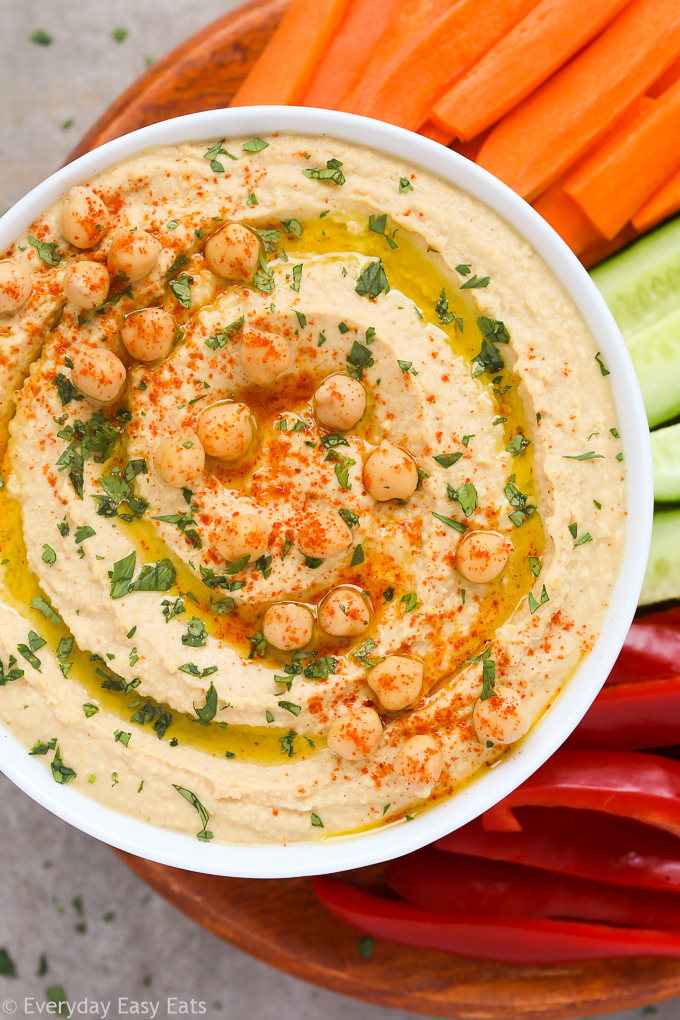

Keepsakes are dotted around the store, with the camp oven his nan made rēwena sitting in pride of place. Jackson’s shop is filled with mementos expressive of this whakapapa that dwarfs the 16-hour process. It's got mana, it's got history, so I wouldn't use any other,” he told me last year. That potato starter is one passed down from his great-grandmother. “It’s old-school sourdough bread, sugar, flour, salt and the starter,” he says.

Each loaf takes around 16 hours from start to finish – nine hours of which is spent proving the dough. At the moment, Jackson told me over the phone that around 60 loaves a day are produced out of his shop. It turns out he’s a lot closer to that goal now. He wanted rēwena to be as commonplace in homes across Aotearoa as, well, a loaf of sliced white bread. The overseas recognition was a huge honour, and yet, Jackson told me his biggest goal was far less swanky: to supply supermarkets. I spoke to Jackson last year for this newsletter, just after his bread had been recognised by Unesco. Someone who is at the forefront of the movement for Aotearoa to eat more rēwena is Whanganui rēwena maker George Jackson (Te Ātihanuinui-a-Pāpārangi). In an article in Metro last year, food writer Sunita Patel described rēwena as an expression “of Māori ingenuity in the face of aggressive colonialisation” and asked the big question: why, despite rēwena being unique to Aotearoa, do we not eat more of it?

(Image: Charlotte Muru-Lanning)īut the very elusiveness of rēwena in Aotearoa, despite the mainstream familiarity and open-armed approach we have towards European sourdough traditions, is a constant bugbear of mine.


 0 kommentar(er)
0 kommentar(er)
